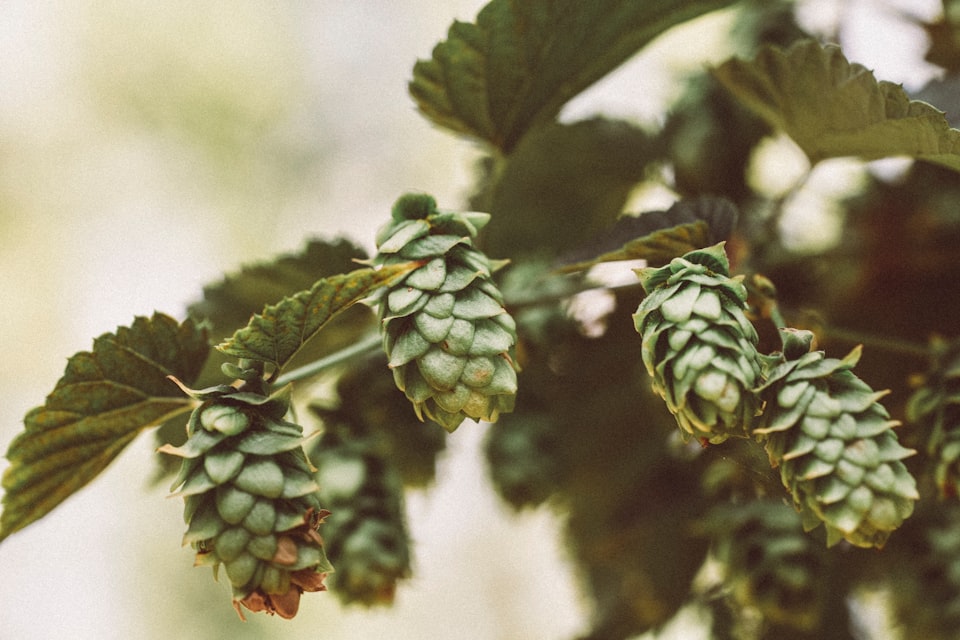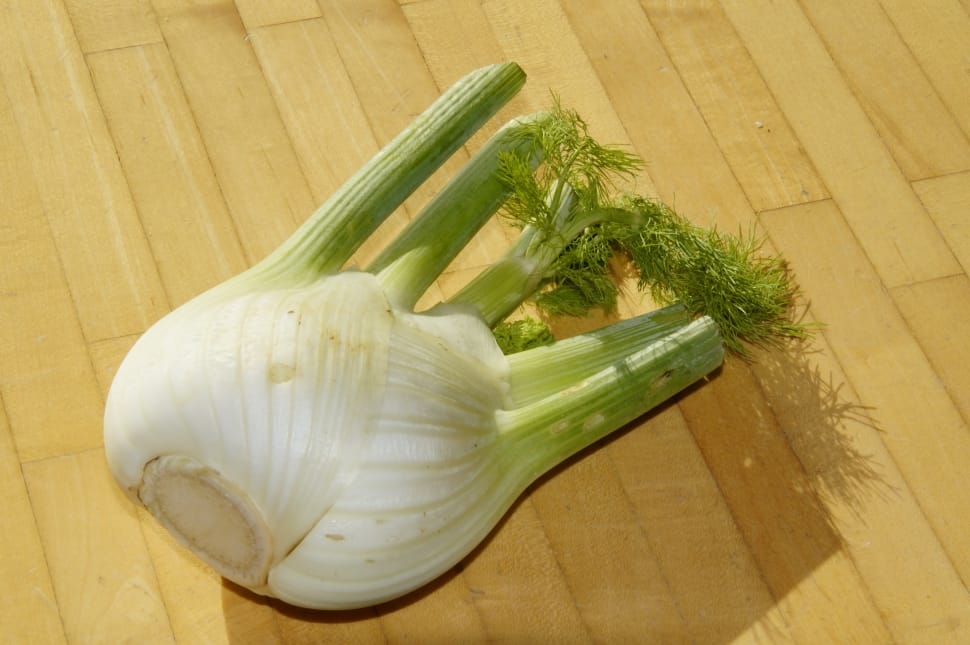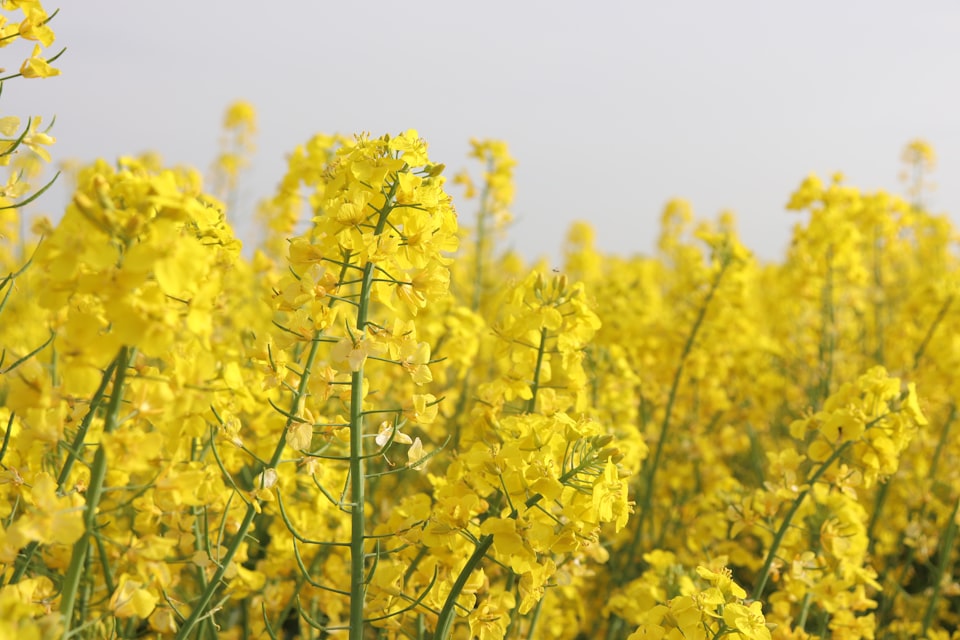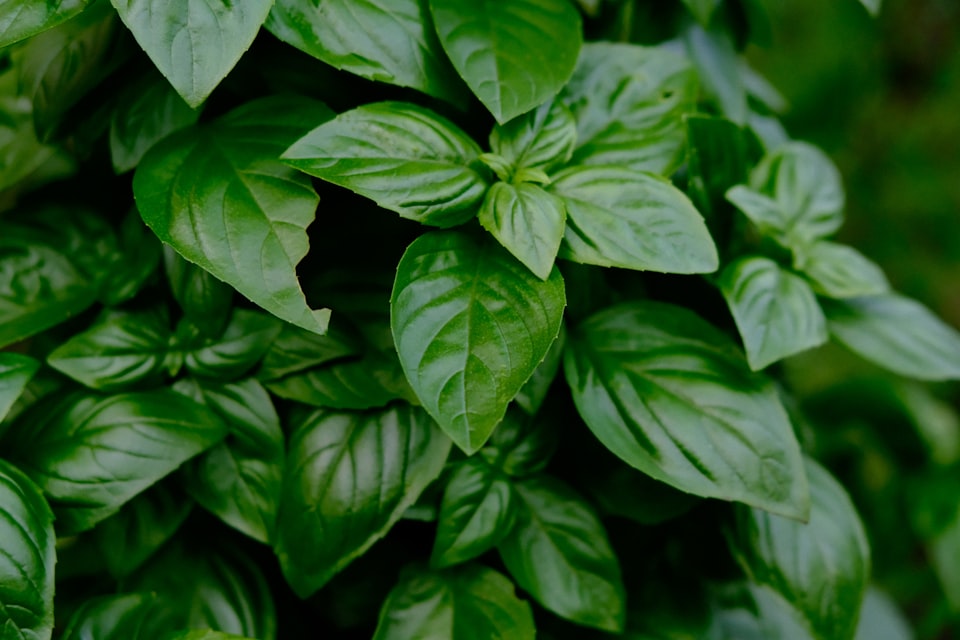I: Hemp
Hemp ropes disappeared for, yes, that reason.
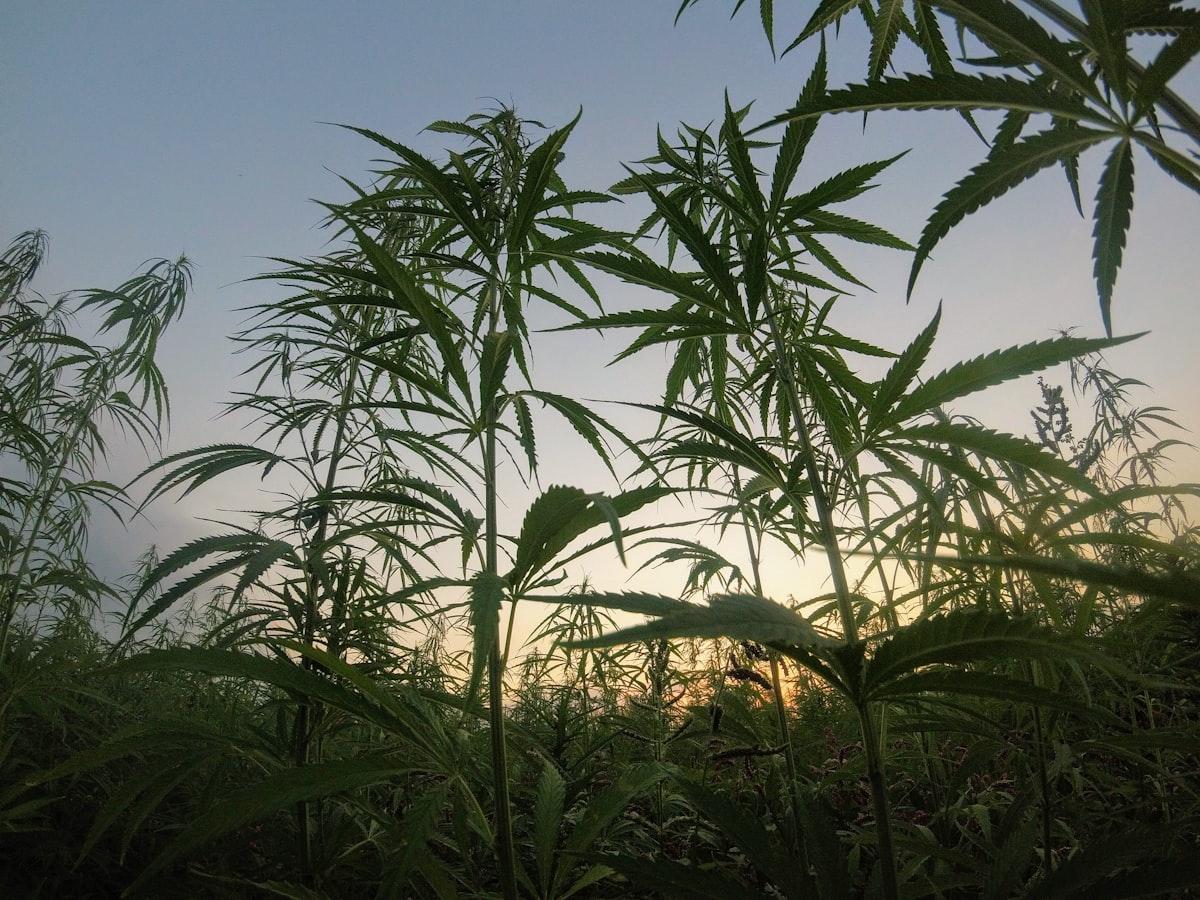
Good morning. Today is primidi, the 21st of Vendémiaire, Year CCXXXI. We celebrate le chanvre, a plant we grow for (cough, cough) ropes and stuff.
There's a dockyard in Chatham, England, that has been making sailing rope for a little over 400 years. A lot has changed in that time, but the need for sailing vessels to use rope is a constant in every way, except the material.
In the 19th century, wire was introduced as a core to rigging ropes, and in the 20th century, nylons and other synthetic fibers came to dominate rope manufacture. But in the early days, when the British Navy was dominating the seas and sailing ships were crossing the Atlantic at a furious pace, all the ropes were made of hemp.
Fibrous and easy to grow, hemp made an ideal natural fiber for the twisting of ropes in all ways except one – as a plant fiber, it was susceptible to molds and fungi forming in the ropes with all the moisture that comes with sailing around on an ocean. To combat this, sailors were continuously tasked with coating the ropes in pine tar while at sea, a laborious and sticky and smelly job that gave seamen of the Royal Navy their nickname of Jack Tar.
That dockyard still spins rope, both natural and synthetic. You can buy a coil of "Chatham Hemp" for about a pound a meter. But it's made of flax. What gives?
